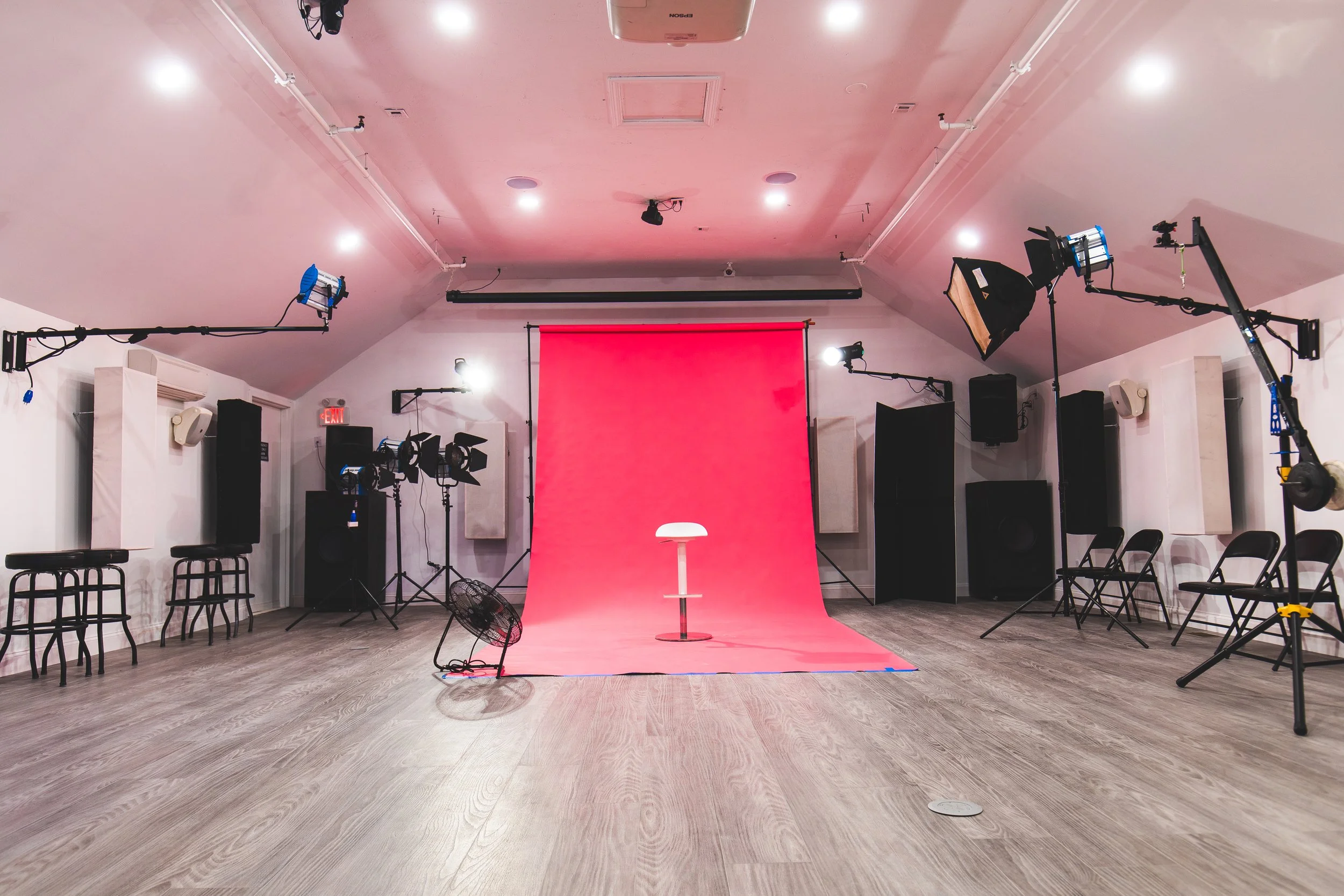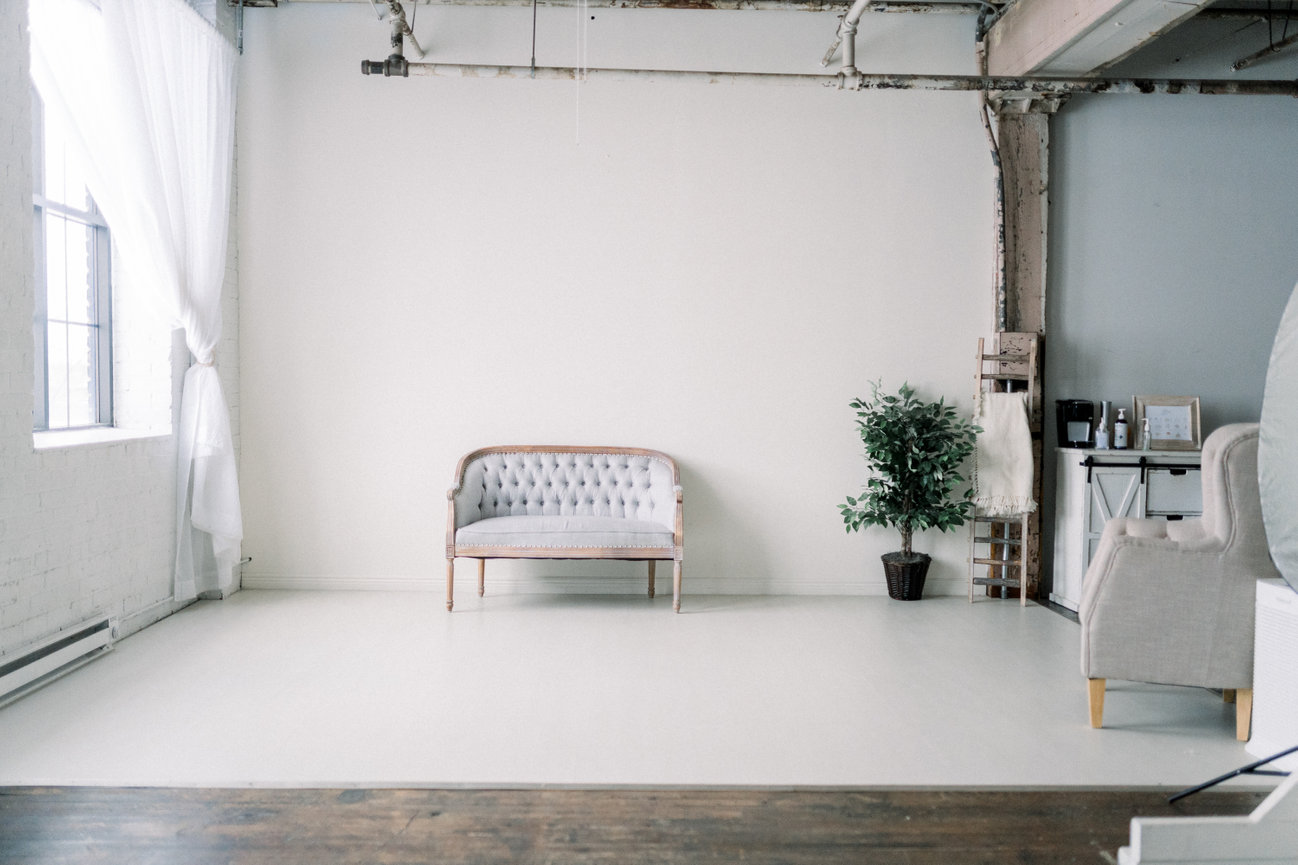Unlocking Your Creative Vision: A Comprehensive Guide to Renting the Perfect photography Studio
Photography is more than just capturing images; it’s about crafting stories, evoking emotions, and bringing visions to life. And sometimes, to truly achieve that, you need the right space – a photography studio. Renting a studio provides a blank canvas, a controlled environment, and access to professional equipment, all of which can elevate your work to new heights. This comprehensive guide will walk you through everything you need to know about renting a photography studio, from understanding your needs to finalizing the booking.
Before you even start browsing listings, take a moment to define your specific requirements. The type of photography you specialize in will significantly influence your ideal studio space.

Portrait Photography:
Space: You’ll need ample space for your subject and to maneuver your lighting equipment. A backdrop area is essential.
Product Photography:
Space: A clean, uncluttered space is paramount. A dedicated area for setting up product shots is necessary.

Fashion Photography:
Space: A large, open space is required for movement and full-body shots. High ceilings are beneficial.
Food Photography:
Space: A clean, well-lit space with a dedicated area for food preparation and styling is ideal.
Video Production:
Space: A soundproofed or acoustically treated space is crucial. Ample space for camera movement and lighting setups is necessary.
The studio’s location is a critical factor. Consider the following:
Accessibility for You and Your Clients:
Is the studio easily accessible by public transportation or car?
Proximity to Amenities:
Are there restaurants or cafes nearby for breaks?
Client Demographics:
The size and layout of the studio should accommodate your specific needs.
Square Footage:
Ensure the studio is large enough to accommodate your equipment, subjects, and crew.
Ceiling Height:
High ceilings are essential for fashion photography and video production.
Layout:
Consider the flow of the space and how it will impact your workflow.
Natural Light:
If natural light is important, look for studios with large windows and favorable orientations.
The quality and availability of lighting and equipment are crucial for achieving professional results.
Lighting Equipment:
Check for the availability of studio strobes, continuous lighting, softboxes, and reflectors.
Backdrops:
Look for studios with a variety of seamless backdrops in different colors and materials.
Other Equipment:
Check for the availability of tripods, light stands, extension cords, and other essential equipment.
Beyond the basic necessities, consider the amenities and services offered by the studio.
Amenities:
Dressing rooms, makeup stations, mirrors, and comfortable seating are essential for client comfort.
Services:
Some studios offer equipment rental, photography assistance, and retouching services.
Studio rental rates vary depending on location, size, amenities, and equipment.
Hourly Rates:
Most studios charge hourly rates, which can range from affordable to premium.
Package Deals:
Some studios offer package deals that include equipment rental and other services.
Membership Options:
Hidden Costs:
Before booking a studio, read reviews and seek recommendations from other photographers.
Online Reviews:
Check online reviews on platforms like Google Reviews, Yelp, and photography forums.
Recommendations:
Ask for recommendations from fellow photographers in your network.
Once you’ve found the perfect studio, it’s time to book your session.
Booking Process:
Contact the studio owner or manager to inquire about availability and rates.
Contracts:
Review the studio’s rental contract carefully before signing.
Payment:
Inquire about payment methods and deadlines.
To make the most of your studio rental, prepare thoroughly for your shoot.
Create a Shot List:
Gather Your Equipment:
Communicate with Your Team:
Arrive Early:
After your shoot, follow the studio’s procedures for cleaning and returning the space.
Cleaning:
Check-Out:
Feedback:
Renting a photography studio can be a game-changer for your photography business. By carefully considering your needs, researching your options, and preparing thoroughly, you can find the perfect space to bring your creative vision to life.